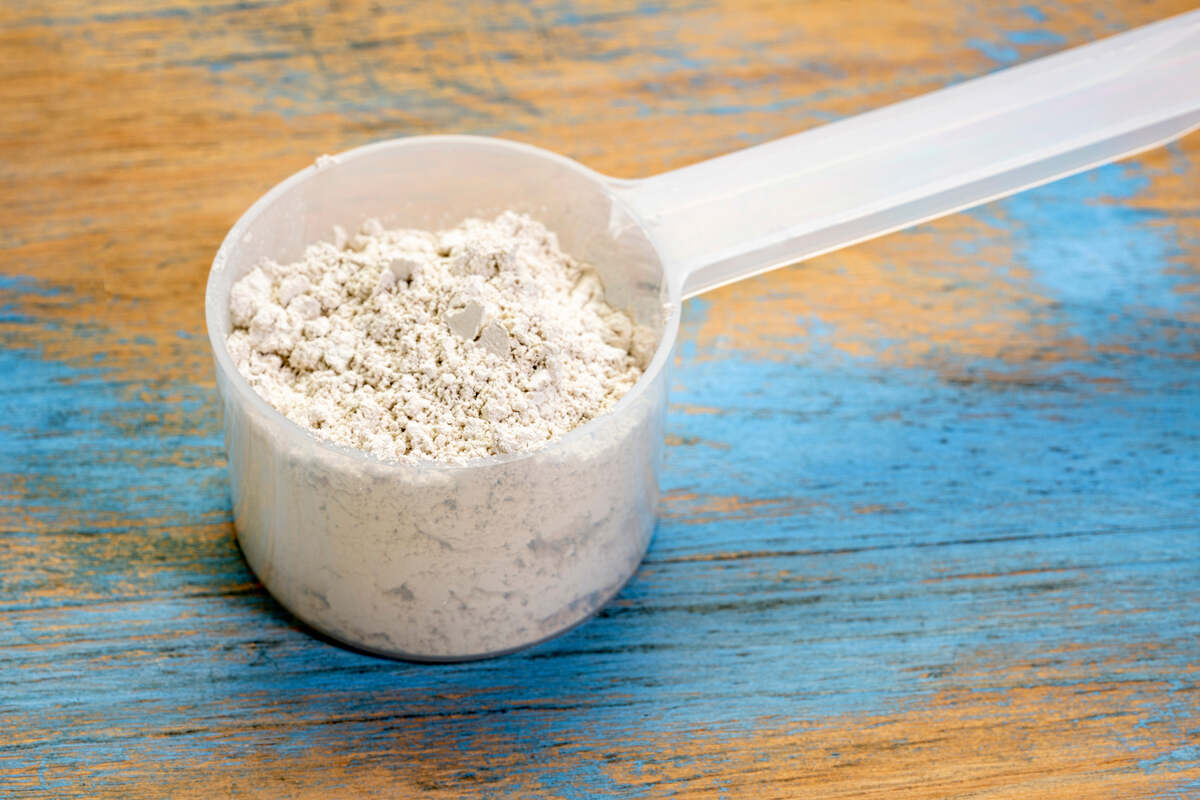
No one wants ants or termites crawling around inside the walls of their homes. And you certainly don’t want wasps hovering around the back door or aphids making a meal of your roses.
But you also don’t want to contaminate the earth or your backyard with harmful chemicals. The cure doesn’t have to be worse than the problem if you practice eco-friendly pest control in Raleigh.
“Think about the bigger picture,” says North Carolina State University Cooperative Extension agent Jeana Myers. Make sure what you put on your property stays on your property.
Looking at the Big Picture

Ridding your yard of every pest isn’t only impossible, it’s undesirable. The type of pest control practiced now is called integrated pest management. Managing pest problems in a responsible way, can protect the ecosystem, cut down on expenses, and promote local wildlife.
IPM considers the pest’s life cycles, cultural practices, non-chemical control methods, and traditional pesticides to manage bugs. “The first thing we always tell people is the key to reducing pest issues is to keep your plants stress-free,” says Myers.
Proper irrigation, fertilization, and picking the right plants for the right place are also big factors in how successful and healthy those plants will be. The aim, she says, is to create a “more complete and intricate ecosystem, which is more resilient and reduces the need for insecticides.”
Pesticides Are Poison
The extension agents point out a simple breeze can send those poisonous chemicals to nearby rivers and streams. Myers says she often gets calls from people who think their neighbor’s insecticides are harming their landscapes.
Pesticide sprays often kill everything they contact, including beneficial insects and essential pollinators like bees. And they don’t agree with humans either. The toxic chemicals pose health threats if ingested, inhaled, or come in contact with your skin.
Waterways and groundwater are often polluted when people incorrectly dispose of pesticides. If you need to get rid of unused pesticides, call (919) 733-3556 to reach the state Department of Agriculture’s pesticide disposal assistance program.
Good Bugs Vs. Bad Bugs
“If you do spot a problem, you want to identify whether it’s a problem that really needs to be treated,” Myers says. The only thing Myers sprays in her own backyard is her cabbage, which is susceptible to cabbageworm, and even then, she uses an organic spray.
Not all bugs are bad. In fact, the majority are beneficial. “You’re really working to try and nurture a wide variety of insects,” says Myers. In a healthy backyard, 90-95 percent of those bugs will be helpful. Mother nature has a way of helping the good bugs take out the bad.
Good bugs
- Parasitic wasp – resembles a flying black ant, but lays its eggs in caterpillars, aphids and other plant-damaging insects.
- Assassin bug – hunts everything from Japanese beetles to hornets.
- Praying mantis – has a huge appetite for moths, mosquitoes, roaches, flies, and aphids.
- Lacewing – can eat up to 200 aphids a week.
- Ladybug – eats aphids, scales, mealybugs, leafhoppers, mites, and other soft-bodied insects.
The bad
- Carpenter ants- these guys make their home in your wooden structure, destroying your home in the process.
- Fire ants – bite, sting and create mounds in the lawn (plus, they’re only one of many stinging pests in Raleigh).
- Cockroaches – spread disease and bacteria.
- White grubs – feed on the roots of your lawn.
- aphids – suck the sap out of your plants.
- Colorado potato bugs – will ruin your flowers as well as potatoes and tomatoes.
- Mosquitoes – the most dangerous and annoying creature on the planet kills more people by spreading diseases like West Nile and Zika.
- Biting flies – are bloodsuckers. A swarm can injure pets and children.
All these should be on your no-fly list, and thankfully there are creative and safe ways to keep them grounded.
The ugly
And there are still more bugs that fall into their own, more problematic category. Termites, which can do thousands of damage to unsuspecting homeowners. Controlling them often means calling in a professional.
Prevention
An ounce of prevention is worth thousands of dollars, and the hours it takes to find a cure. An easy first step to control pests is to make sure they’re not welcome in your home. The Environmental Protection Agency offers several suggestions.
- Clear standing water – Fix leaky pipes, overturn buckets in the yard and remove damp yard debris.
- Remove or secure food sources. Don’t let your lunch draw in unwanted visitors. Sealed glass or plastic containers are perfect for keeping most pests out of your food.
- Block hiding places and entryways. Caulk or secure cracks in your home’s foundation or around walls, doors, and windows. Don’t give them a way to sneak into your home.
- Keep a clean yard. Remove any debris like fallen fruit, dead plants, or woodpiles where bugs can live and breed. Keep pet droppings and trash out of your yard: they draw flies, mice, and rats.
- Plant pest-repelling flowers such as marigolds, chrysanthemums, mint, and basil. Bugs hate the scent.
Eco-Friendly Pest Control
- Hand-picking – Pick the caterpillars or the insect eggs off your plants. Once you identify them as harmful pests, knock the insects and egg clusters into a coffee can or jar filled with water and dish detergent.
- Barriers – Bugs can’t hurt what they can’t reach. Aluminum foil or reflective mulches repel aphids while crushed eggshells or hydrated lime discourages slugs. Row covers can protect your vegetables.
- Water – A strong spray from the hose will knock the aphids and spider mites off your plants. Make sure you spray the undersides of the leaves where they tend to hide.
- Traps – Have a fly problem? Sticky fly traps are still an effective favorite. Slugs eating your vegetables? A tin pie dish with a little beer is an effective trap. Be wary of UV light traps that can draw in and kill beneficial insects.
Safer chemicals
Every pesticide is a chemical, but that doesn’t mean they’re all bad. The North Carolina extension office offers an organic gardening guide with approved natural pesticides.
- Plant-derived products – These include active ingredients like pyrethrin, rotenone, nicotine, or other botanical chemicals. Inorganic products – chemicals derived from non-living natural sources like diatomaceous earth, kaolin clay, and boric acid.
- Microbial products: these include living things like beneficial nematodes, Bacillus thuringiensis, and spinosad
Myers says several strains of Bacillus thuringiensis, or BT, are available in sprays, granules, and even liquid dunks to manage mosquitoes. Synthetic options such as insecticidal soap and dormant oils will also smother insects without harming the environment. But the extension guide points out all pesticides are toxins designed to kill pests. That’s why it’s crucial to read the label and use every product as intended.
Whichever route you choose, you can rest easy knowing your pest control regimen isn’t a threat to your local ecosystem, your pets or your family.
Jeana Myers is an extension agent with the University of North Carolina, who specializes in agriculture and horticulture at the Wake County Center.




